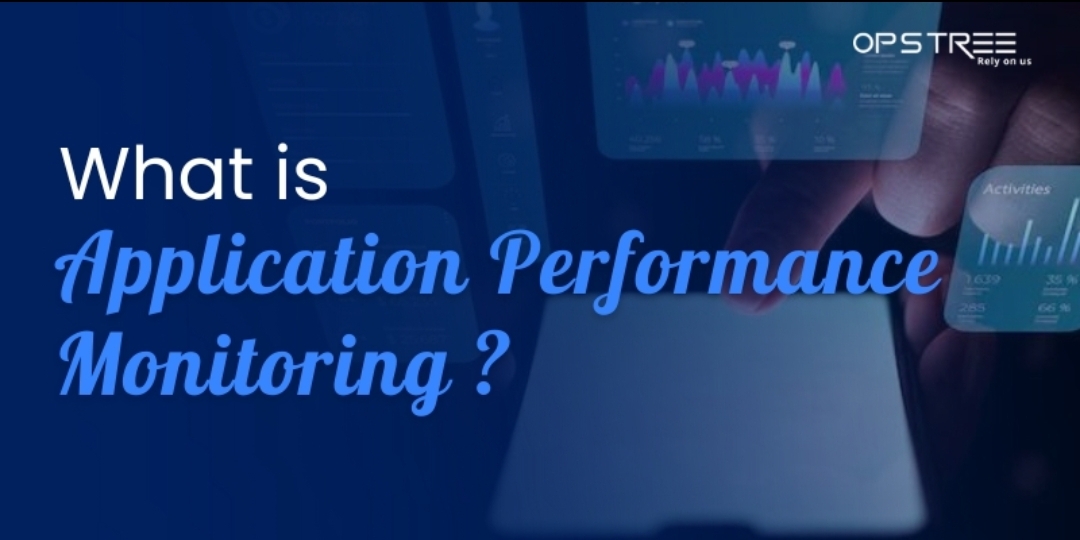Key Takeaways
- The significance of Application Performance Monitoring (APM) in user experience and business efficiency is illustrated.
- Exploring a potent APM system’s essential components and advantages in modern enterprises.
Taking into account the developing scene of APM, particularly with regards to cutting edge cloud administrations and DevOps.
Table of Contents
- The Development of Client Assumptions in the Computerized Age
- Understanding Application Execution Observing (APM)
- Key Highlights of a Powerful APM Arrangement
- Troubleshooting Proficiency with APM Tools
- Business Insights Derived from APM Data
- Influencing Customer Experience Through APM
- APM: Adjusting to a Cloud-Ruled Future
- Evaluating the return on initial capital investment of APM Sending
- APM’s Interchange with DevOps and Light-footed Practices
- Executing APM: Methodologies and Best Practices
The demand for impeccable digital services keeps on developing dramatically as mechanical progressions speed up. Associations progressively depend on complex application execution to keep an upper hand in this specific circumstance. The urgent job of application performance management (APM) couldn’t possibly be more significant in guaranteeing that applications meet and surpass client assumptions, guaranteeing client fulfillment and business progression in the advanced domain.
The Evolution of User Expectations in the Digital Age
In an era where the digital experience is vital, clients have generally expected momentary and solid admittance to applications and administrations. These uplifted assumptions are not restricted to the purchaser area; organizations, as well, request outstanding execution from the applications they depend on. As clients become acquainted with fast availability and consistent web-based communications, the tension builds on associations to convey reliably smooth advanced encounters to stay away from client weakening and negative brand suggestions.
Understanding Application Performance Monitoring (APM)
APM transcends conventional monitoring arrangements by giving an extensive outline of use wellbeing, client collaborations, and by and large framework execution. This extended standpoint is fundamental to diagnosing and settling execution disparities that influence client commitment. With its modern logical apparatuses, APM offers unrivaled knowledge, permitting organizations to settle on proactive choices to enhance the client experience and secure the usefulness of their advanced stages.
Key Features of an Effective APM Solution
When evaluating APM solutions, chiefs ought to focus on devices displaying constant information investigation, opportune cautions, and prescient capacities. Such elements engage organizations to resolve potential issues immediately and effectively, limiting client interruption and keeping up with high fulfillment levels. A proficient APM instrument is a signal, directing the specialized group through the dinky waters of confusion toward a sanctuary of execution security and trustworthiness.
Troubleshooting Proficiency with APM Tools
APM’s accurate measure is reflected in its ability to streamline troubleshooting. By dissecting performance data and tracing transactions through every corner of a digital environment, APM contributes valuable clarity to the often complex task of diagnosing issues. This clarity expedites resolution and empowers IT teams to anticipate problems before they arise based on patterns and trends observed within the APM data.
Business Insights Derived from APM Data
The insights from APM stretch beyond technical utility to become a cornerstone in strategic business planning. Companies can leverage APM’s extensive data to align IT efforts with business objectives, ensuring a consistent focus on growth, efficiency, and superior customer experience. APM becomes an indispensable asset in pursuing long-term business success by translating complex performance data into actionable business intelligence.
Influencing Customer Experience through APM
Every facet of APM, from response times to system reliability, influences the alchemy of customer experience. A well-tuned APM strategy can profoundly affect how customers perceive and interact with digital services. A robust APM system is an investment in customer loyalty and market differentiation. Data suggesting that companies prioritizing customer experience see notable gains in customer satisfaction and loyalty reinforces this point.
APM: Adapting to a Cloud-Dominated Future
The advent of cloud computing has ushered in new difficulties and valuable open doors for APM. Present day APM procedures should be light-footed, scaling across changed frameworks and enhancing for cloud-based and compartment driven conditions. Arising technologies, like AI and machine learning, are becoming necessary to the up and coming age of APM devices, considering significantly more noteworthy anticipating precision and versatile reactions to the consistently changing requests of utilization execution.
Assessing the ROI of APM Deployment
Quantifying the benefits of APM organization includes completely investigating the expenses related with application margin time, client disappointment, and functional failures. While the forthright interest in APM might appear to be critical, the drawn out reserve funds accomplished through improved efficiency and diminished episode reaction times can yield significant monetary advantages, offering a convincing case for APM as a speculation with an unmistakable return.
APM’s Interplay with DevOps and Agile Practices
The intersection of APM with DevOps and Agile methodologies signifies a extraordinary way to deal with programming advancement and functional greatness. These practices benefit massively from incorporating APM devices, as they encourage a culture of consistent improvement. By giving ongoing criticism and cultivating collaborations among improvement and tasks, APM turns into a key part in the outcome of Deft and DevOps drives.
Implementing APM: Strategies and Best Practices
Integrating APM into an organization demands a calculated approach that aligns closely with its strategic goals. Starting with a solid implementation plan involves:
- Carefully selecting tools that match the company’s technical landscape.
- Continuous learning and adaptation to APM insights.
- Fostering a culture of performance excellence.
The embracement of these practices ensures that APM solutions fit within a company’s technological framework and drive substantial business value.


